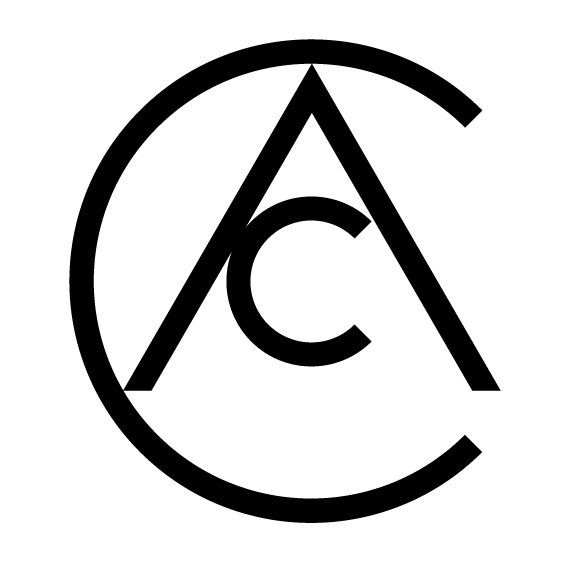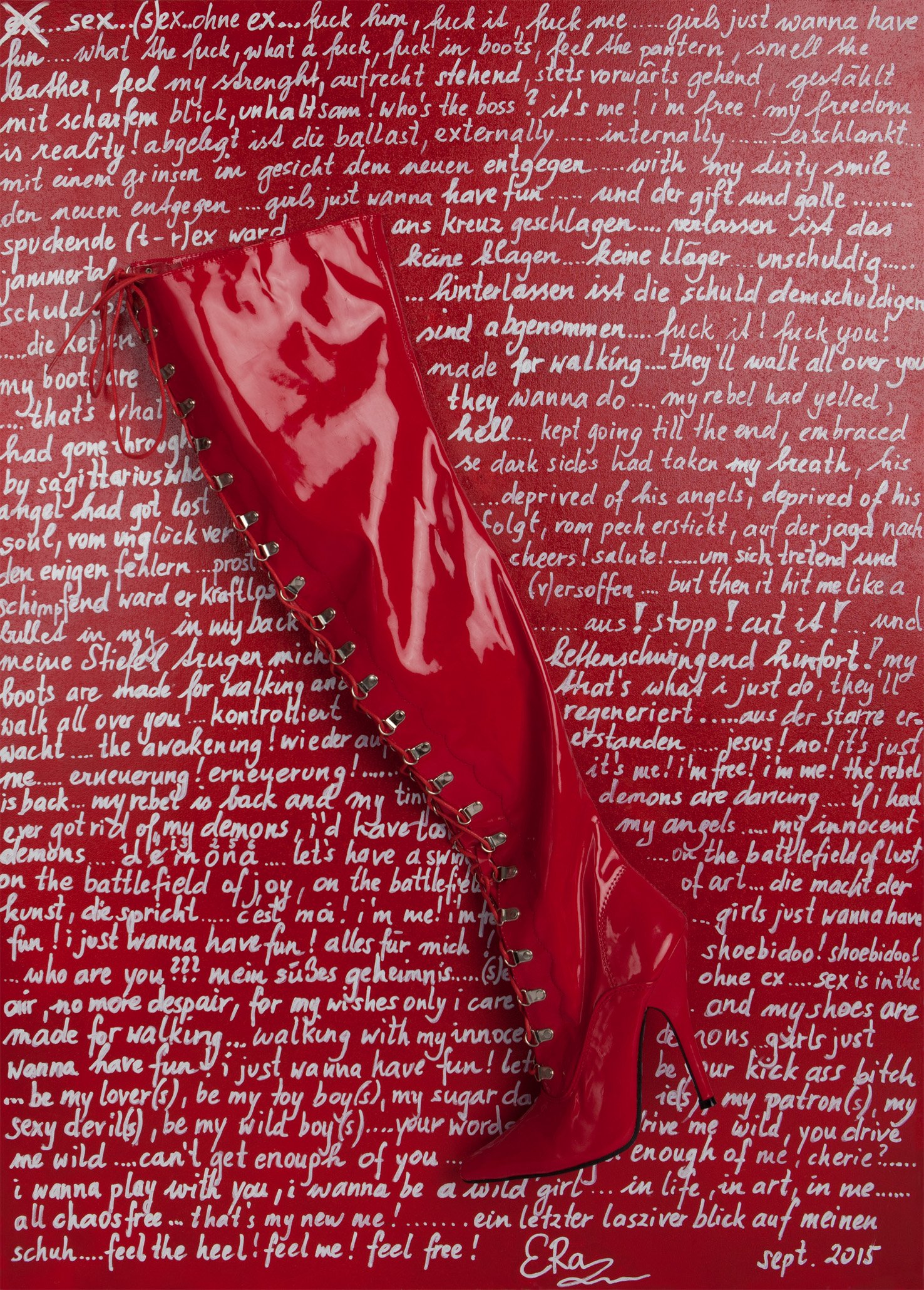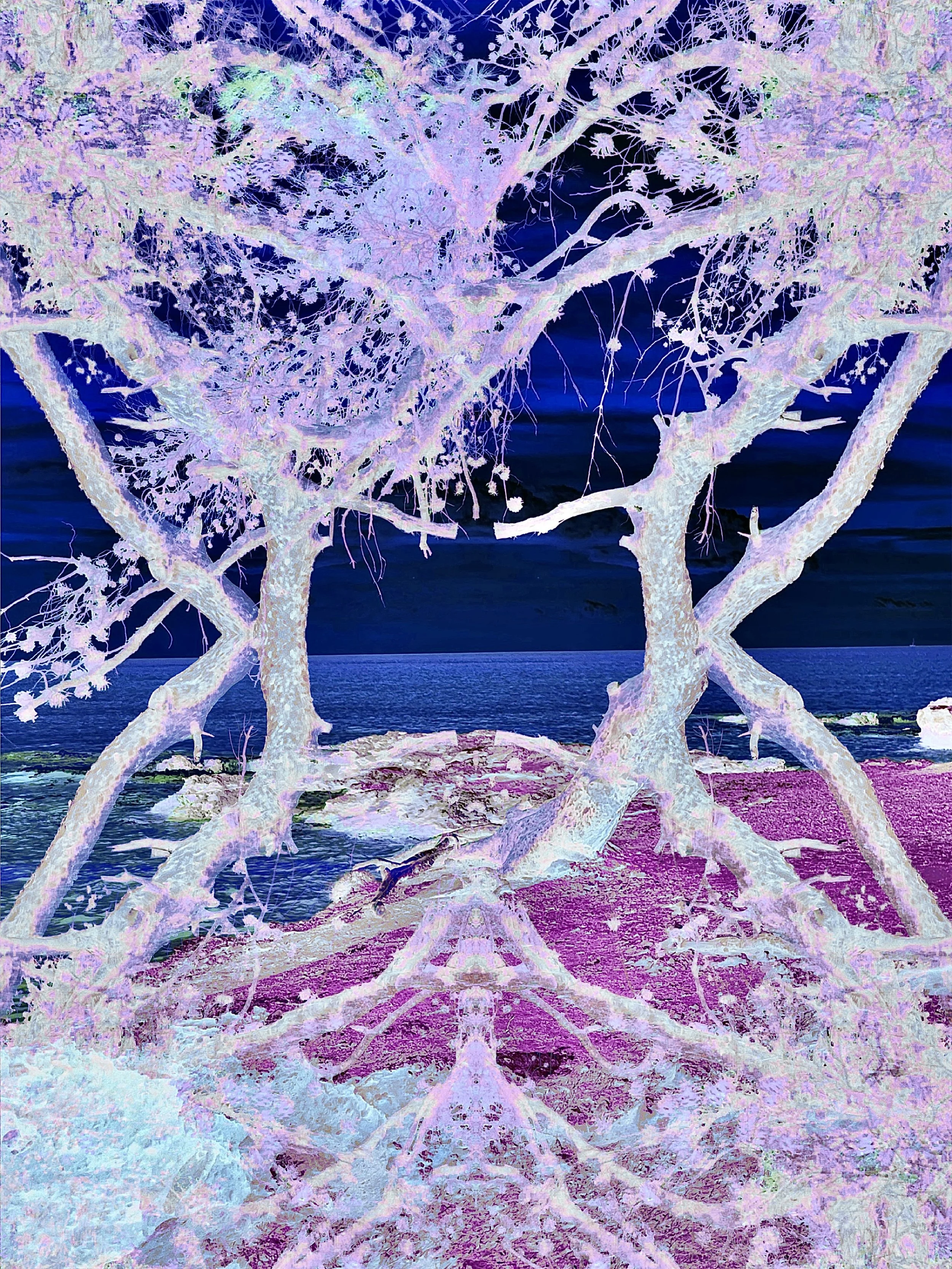Elvira Rajek ERa
Elvira Rajek, an Austrian artist born in 1965, stands as one of the most provocative and insightful voices in contemporary art. Her oeuvre, spanning photography, assemblages, object art, and mixed media, disrupts conventional artistic norms while engaging in a poignant dialogue with society. In her distinctive fusion of surrealism, irony, and philosophical inquiry, Rajek crafts a bold, critical, and deeply layered body of work. Her artistic practice reveals a sensibility akin to Salvador Dalí, yet it remains wholly unique in its engagement with themes of gender, consumerism, and human nature’s darker impulses. Rajek’s art compels us to examine our own complicity in the narratives she critiques, cementing her place in the upper echelons of contemporary art.
Rajek’s pivot to surrealistic assemblages, particularly her use of shoes, has become her hallmark. Works like “(S)ex without the ex” (2015) showcase her deftness in melding provocative themes with everyday objects. A glossy red boot is enmeshed in a backdrop of frenetic handwriting—a torrent of societal anxieties, desires, and rebellion. Here, the shoe transcends its status as mere fashion accessory, becoming a symbol of power, identity, and the oppressive expectations of femininity. The juxtaposition of luxurious materiality with the chaotic text suggests both allure and disquiet, a tension that characterizes much of Rajek’s work.
Similarly, “A Shoe for a Shoot” (2011) transforms an object of beauty into an emblem of violence and domination. Fashioned entirely from spent bullet casings and adorned with a revolver, the piece critiques the glamorization of violence and its intrusion into the aesthetics of modern culture. By reimagining the shoe as a weapon, Rajek interrogates both historical associations of femininity with subjugation and the commodification of destruction in contemporary media. This approach situates Rajek within the lineage of Duchamp’s ready-mades, though her work is uniquely charged with political resonance and a visceral emotionality.
Rajek’s exploration of mortality and the interplay between humanity and nature is powerfully encapsulated in “Come, Black Bird” (2012). This haunting mixed-media sculpture fuses the lifeless form of a crow with a high-heeled shoe, suggesting themes of fragility and destruction. The piece evokes the surrealist tradition of merging the organic and inorganic to create disquieting hybrids, but Rajek imbues it with a distinct critique of ecological destruction and consumerism. The crow’s once-soaring vitality, now confined within a manufactured object, mirrors humanity’s fraught relationship with the natural world.
In a similar vein, “Meatworld” (2008) employs photography to render a map of the world constructed from raw meat. The visceral materiality of flesh becomes a metaphor for the voracious consumption and exploitation that underpin globalization. Rajek transforms the familiar into something unsettling, forcing viewers to confront the literal and metaphorical costs of their appetites.
One of Rajek’s most playful yet profound works is *“Paint with Me” (2020). A chaotic assemblage of paintbrushes erupting from a vibrant base, the piece embodies the simultaneous joy and disorder of the creative process. Bright, childlike colors suggest spontaneity, yet the structure’s porcupine-like aggression hints at the tensions and sacrifices inherent in artistic creation. This paradoxical interplay of beauty and menace recalls the works of postmodern sculptors like Louise Bourgeois, but Rajek’s humor and embrace of materiality distinguish her voice.
Rajek’s surrealistic bent continues with “Snakey Eyes” (2013), where a serpent emerges from a model’s visage. The surrealism of this piece evokes the nightmarish imagery of Dalí, yet Rajek’s use of mixed media lends it a contemporary immediacy. The work interrogates the notions of gaze, danger, and transformation, embodying the mythological undertones of metamorphosis and temptation. Rajek positions herself as both storyteller and provocateur, weaving narratives that oscillate between personal and universal.
In “Weapons in Peace” (2022), Rajek reinterprets the archetype of feminine power. The figure in this assemblage, clad in a skirt made of lush green velvet and adorned with bullets, holds a pineapple—a symbol of hospitality turned surreal weapon. The delicate balance between domesticity and destruction captures the absurdity and contradictions of modern life. The piece invokes Hannah Höch’s Dadaist collages, but Rajek’s use of sculptural elements deepens its impact, making it a statement on resilience and the duality of existence.
Rajek’s mixed-media sculpture “The Head” (2021) explores identity through a grotesque yet captivating lens. The face, obscured by layers of textured material, emerges like an ancient artifact eroded by time. The piercing gaze of human eyes embedded in this amalgam suggests a haunting dialogue between inner essence and external perception. Rajek’s philosophical engagement with the construction of self resonates with the existential queries posed by Alberto Giacometti’s sculptures. Yet, her approach is distinctly contemporary, grappling with the fragmentation of identity in a digital age.
Rajek’s work recalls the provocative legacy of Salvador Dalí, yet her art extends the surrealist project into new terrain. Like Dalí, she embraces dreamlike imagery and the juxtaposition of seemingly unrelated elements, creating works that unsettle and intrigue. However, Rajek’s focus on sociopolitical critique and her use of humor imbue her art with a uniquely modern sensibility. Her assemblages are not merely aesthetic experiments but deeply philosophical inquiries into power, identity, and humanity’s impact on the world.
Rajek’s meticulous research and incisive irony place her firmly in the lineage of conceptual artists like Joseph Beuys, yet her visual language remains accessible and immediate. By incorporating elements of pop culture, consumer goods, and familiar objects, she bridges the gap between high art and everyday experience. This accessibility, coupled with her sharp critique, positions her as a vital voice in contemporary art.
Elvira Rajek’s art is a mirror, reflecting the contradictions, desires, and failures of modern society. Her works challenge viewers to confront uncomfortable truths about consumerism, gender, and ecological degradation. Yet, they also offer moments of levity and resilience, suggesting that transformation and self-awareness are possible. In a world increasingly fragmented by social and political divides, Rajek’s art fosters a necessary dialogue.
Her place in the art scene is both secure and dynamic. Exhibited internationally, her works resonate with diverse audiences while maintaining a distinctive voice that transcends cultural boundaries. In the art market, Rajek’s innovative approach to materials and themes ensures her longevity and appeal. Collectors are drawn not only to her visual ingenuity but also to the profound philosophical depth underpinning her work.
Rajek’s commitment to addressing contemporary issues with an artist’s sensitivity ensures her continued relevance. Her work speaks to the universality of human experience while also reflecting a distinctly modern sensibility. By repurposing mundane objects, she exposes the contradictions of our materialistic and ecological realities. Each piece she creates becomes a site of both critique and wonder, inviting viewers to confront the challenges of their era while marveling at the inventiveness of her vision.
Elvira Rajek is an artist who defies categorization, seamlessly blending the surreal and the political to create works of striking originality. Her ability to transform mundane objects into vessels of critique and wonder places her among the greats of contemporary art. Rajek’s art invites us to see the world anew—to peel back the layers of our assumptions and engage with the complexities of existence. In doing so, she not only honors the legacy of past masters like Salvador Dalí but also forges her own path, ensuring her relevance and importance for generations to come.
By Marta Puig
Editor Contemporary Art Curator Magazine
A shoe for a shoot, 2011, mixed media, 13W x 33D x 17H
Come, black bird, 2012, mixed media, 64W x 28T x 15H
Paint with me, 2020, mixed media, 40W x 30D x 30H
The Head, 2021, mixed media, 26W x 26D x 65H
Weapons in peace, 2022, assemblage, 57W x 47H
Snakey eyes, 2013, mixed media, 35W x 40H
Meatworld, 2008, photography, 90W x 56 H
The Artist, 2007, photography, 70W x 105H
(S)ex without the ex, 2015, assemblage, 70W x 100H
His days are numbered (part 1), 2024, assemblage, 61W x 72H













